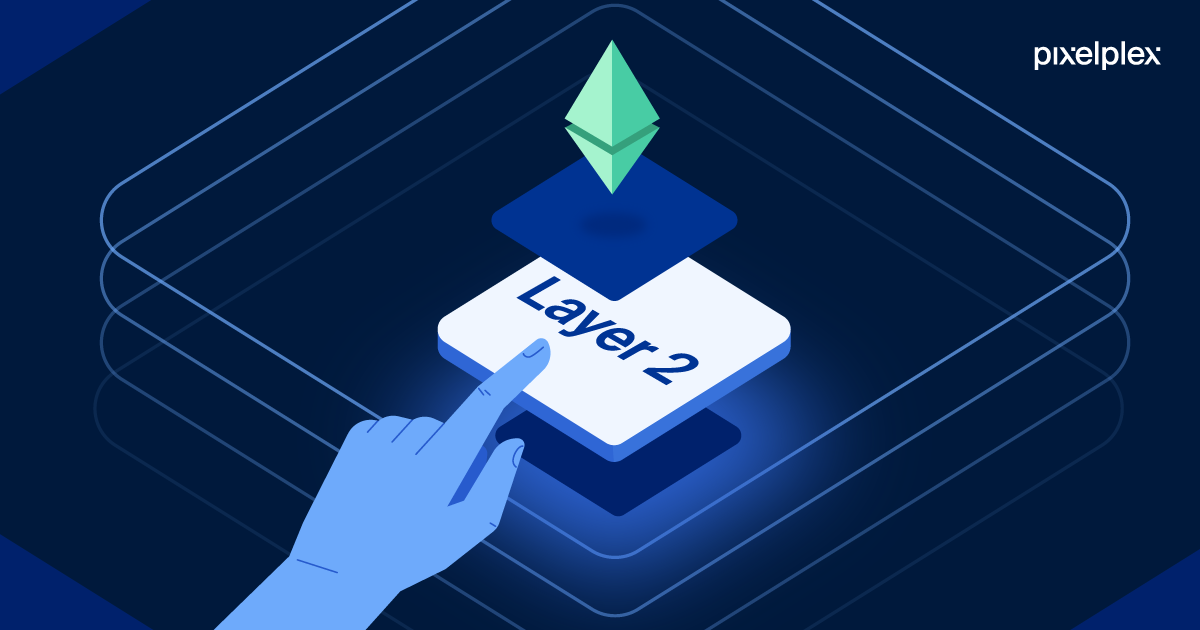Key Takeaways
- DAOs are redefining governance by enabling communities to make collective decisions without centralized leadership.
- In 2025–2026, DAOs are expanding beyond crypto into sectors like gaming, finance, and social impact.
- Smart contracts and blockchain ensure transparency, security, and automation in DAO operations.
The Rise of Decentralized Governance
In the digital age of 2025, the question “What is a DAO?” has become more than a curiosity—it’s a cornerstone of how communities and organizations operate. A Decentralized Autonomous Organization (DAO) is a blockchain-based structure that enables people to collaborate, vote, and make collective decisions without relying on a central authority.
DAOs function through smart contracts, self-executing agreements stored on blockchain networks like Ethereum, Solana, and Avalanche. These contracts define the rules, manage the treasury, and execute decisions automatically once voting thresholds are met. In essence, a DAO turns governance into code—transparent, traceable, and tamper-proof.
By 2025, DAOs have evolved from niche crypto experiments into a new model for community-led organizations, powering decentralized finance (DeFi), social projects, art collectives, and even political initiatives.
Also read : How to Avoid Crypto Scams
How DAOs Work: Code, Community, and Consensus
At their core, DAOs rely on three pillars: blockchain infrastructure, governance tokens, and voting mechanisms.
- Blockchain Infrastructure:
Every DAO operates on a blockchain, ensuring that all transactions and decisions are publicly verifiable. This transparency eliminates the need for centralized oversight or trust in a single administrator. - Governance Tokens:
Members hold governance tokens that represent voting power. The more tokens a user holds, the greater their influence in decision-making. This structure mirrors shareholder systems but is fully decentralized. - Voting and Proposals:
DAO members submit and vote on proposals, from project funding to protocol changes. Once approved, smart contracts automatically execute the decision—removing bureaucracy and middlemen.
By late 2025, new DAO frameworks have emerged that address earlier challenges like voter apathy and token concentration. Platforms such as Aragon, DAOstack, and Snapshot are leading innovations in user-friendly governance and on-chain security.
DAOs in 2025–2026: From Finance to the Real World
The DAO landscape in 2025 looks vastly different from its early iterations. Once limited to crypto-native projects, DAOs now extend their influence across industries:
1. Finance and Investment
Investment DAOs like The LAO and MetaCartel Ventures pool community capital to fund startups. These DAOs use transparent voting to allocate funds and share profits among token holders. By 2026, such decentralized investment models are increasingly competing with traditional venture capital.
2. Gaming and the Metaverse
DAOs are reshaping virtual economies. In play-to-earn games, players use DAOs to vote on in-game economies, distribute rewards, and decide future game updates. This empowers gamers as stakeholders rather than passive consumers.
3. Social Impact and Public Goods
DAOs such as Gitcoin and KlimaDAO are channeling decentralized governance toward global causes. From climate action to funding open-source software, these DAOs demonstrate that blockchain communities can collectively solve real-world problems.
4. Corporate and Labor Structures
Some forward-looking startups now function entirely as DAOs—no CEOs, no HR departments, only smart contracts managing payroll, project approvals, and revenue distribution. In 2026, decentralized governance is not just a crypto trend—it’s a legitimate alternative to traditional corporate hierarchies.
Challenges: Legal Uncertainty and Scalability
Despite their momentum, DAOs face significant hurdles heading into 2026.
- Regulation:
Legal frameworks for DAOs remain unclear. Some jurisdictions, like Wyoming and Switzerland, have recognized DAOs as legal entities, while others still lack formal recognition. This ambiguity makes compliance and liability complex. - Security Risks:
Smart contract vulnerabilities continue to be a major risk. Notorious DAO hacks—such as the original 2016 Ethereum DAO breach—still haunt the space, pushing developers to enhance audit practices and introduce fail-safes. - Voter Engagement:
Participation fatigue is real. As DAOs grow, ensuring active member engagement becomes harder. Many DAOs are now exploring delegated voting models to maintain efficiency while keeping governance democratic.
The industry’s evolution depends on solving these issues. The DAOs that thrive in 2026 will be those that balance decentralization with practicality, blending community-driven ideals with robust security and governance frameworks.
Why DAOs Matter for the Future of Web3
The growing popularity of DAOs reflects a larger cultural and technological shift toward Web3 values—transparency, ownership, and community empowerment.
In traditional organizations, decision-making is often opaque, and power is concentrated in the hands of a few. DAOs flip that model by putting decision-making directly in the hands of participants, making organizations more accountable to their communities.
Moreover, DAOs embody programmable trust—a trust system enforced by code rather than contracts or intermediaries. This trustless structure could redefine how global organizations, governments, and networks function in the coming decade.
By 2026, analysts predict DAOs will manage billions in digital assets, playing a pivotal role in areas like decentralized identity, supply chain transparency, and digital nation-building.
Conclusion: From Code to Community Power
So, what is a DAO in 2025 and beyond? It’s more than just a blockchain experiment—it’s a reimagining of how humans organize, govern, and collaborate in a digital-first world.
Decentralized Autonomous Organizations are not without flaws, but their growth signals a powerful movement toward community-led, transparent governance. As blockchain adoption deepens in 2026, DAOs could become the blueprint for digital democracy—where trust, code, and community converge.
The coming years will determine whether DAOs can bridge the gap between crypto idealism and real-world application. But one thing is certain: the question isn’t just “What is a DAO?” anymore—it’s “How soon will we all be part of one?”



